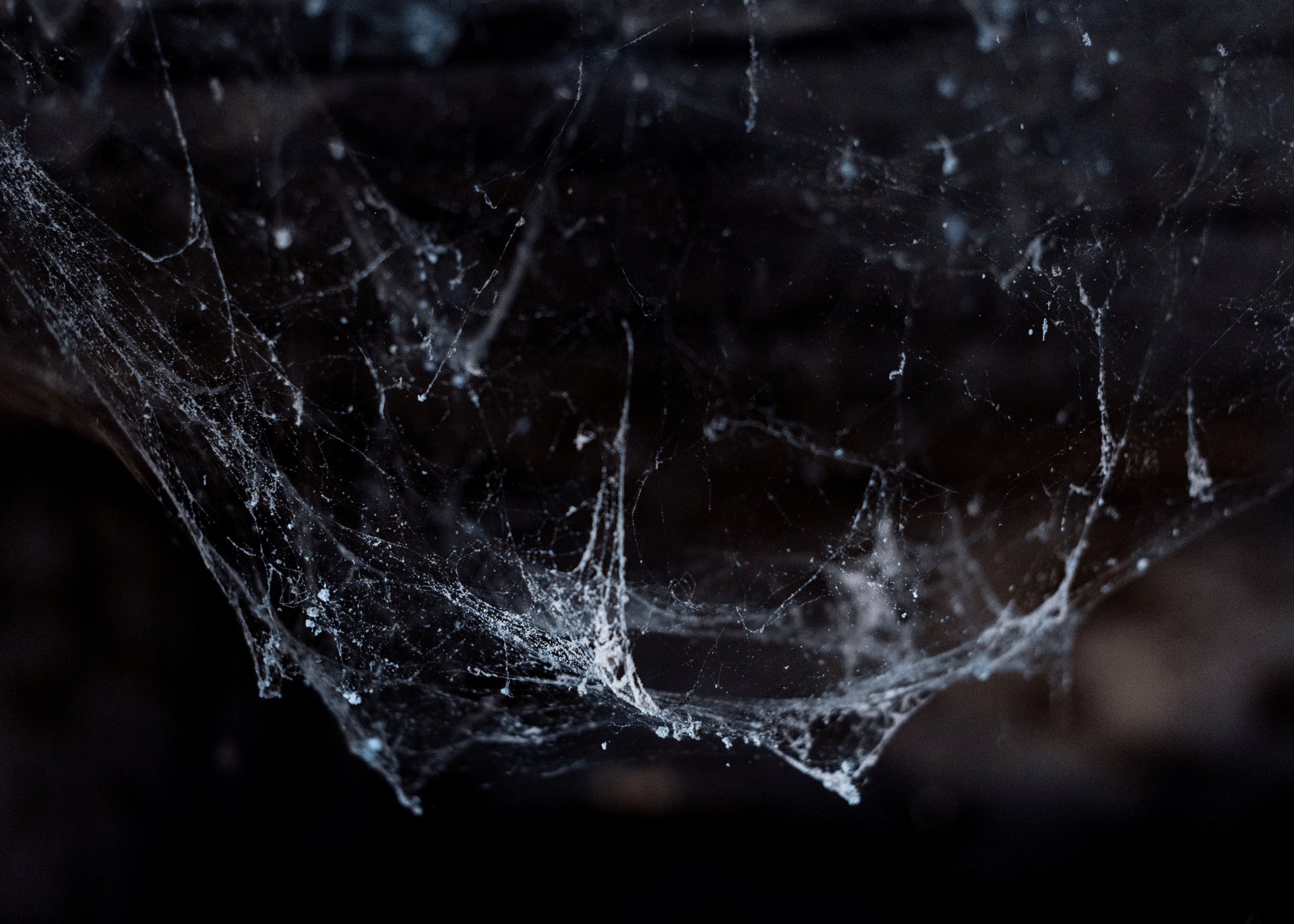Really Interesting Things About Termites
March 28, 2021
Termites Are Highly Intelligent Creatures
Most people would never consider classifying the termite as a friend. After all, they're dreaded by homeowners as one of the worst wood-destroying pests in the world, notoriously doing an estimated 5 billion dollar's worth of property damage annually. Yet, you might be surprised to learn that they are as beneficial to our planet as they are destructive.
Let's take a look at some fascinating, little-known facts about these complicated insects.
More than 2,000 termite species live worldwide today, but less than 30 of those actually cause problems for homeowners.
- They are highly organized social insects, and were likely the first socialized animal on Earth, with fossils found dating back to the Early Cretaceous period.
- They are considered eusocial, meaning that they have a very defined caste system, and every member of a colony has a specific job.
- In addition to the ruling queen and her king, there are sterile workers, pre-soldiers, and soldiers who build, maintain, and defend the nest. Then there are fertile reproductive alates, winged members that will eventually fly off to start their own colonies.
- The queen decides who does what job in the colony at the time of birth and sprays her larvae with special pheromones from glands near her mandibles that will determine how they develop. (Pretty cool, huh? Wouldn't it be great if we could spit on our kids and turn them into doctors instead of "influencers"?!)
- They outnumber and outweigh us. For every individual human on Earth, there are 1,000 pounds of termites.
- Their main diet is cellulose, which is in decaying wood and plant matter, although some species will infest live trees. They don't like all woods, however. They won't eat bamboo at all, and they dislike cedar, cypress, redwood, teak, jatoba, walnut, and mahogany trees. They also won't eat lumber as long as it has been pretreated, and they won't eat wood if it has been painted, either. (Take note, builders!)
- Termites also ingest fungi, but they don't just eat it—they grow it. They are amazingly sophisticated mushroom farmers. They build elaborate gardens inside their nests, which they seed with spores they've collected. They fertilize and cultivate the mushrooms very attentively, which they use as a food source and a medicine to keep their colony members healthy.
- Nests may look like simple mounds of dirt, but they are extravagant feats of architecture, complete with a heating and air conditioning system that effectively regulates the temperature and airflow inside the nest. The average height of a nest is about 5 feet, but in some regions (like Africa and the tropics), they can get as tall as 30 feet high.
- Termites are incredibly smart. Once upon a time, a tiny insect was never considered capable of being highly intelligent, but modern science proves those old beliefs wrong. They exhibit both group and individual intelligence on a scale we are just beginning to understand. They have a grasp of math, solve complex problems, and behave calmly and methodically, even under stressful moments such as when they are under attack. They also have strong social bonds and exhibit altruism and concern for their fellow colony members. They will eat from each other's mouths—and butts. (Okay, so from a human perspective, maybe not that smart…)
- Termites greatly benefit our planet's ecosystems by fertilizing, conditioning, and aerating the soil. They are one of the few organisms considered nitrogen fixers, as they separate and release nitrogen (crucial to all life, especially plants) from the nutrients they've consumed. A recent study has shown that their presence increased a wheat crop's production by a whopping one-third!
- Stuff on earth wouldn't decompose nearly as well without termites. Cellulose requires an enzyme called cellulase to break down. Cellulase is extremely rare, except for termites, one of the very few living organisms that produce it. Without termites, the natural rebirth cycles of the planet's biosystem would not function nearly as efficiently.
- Termites have some pretty flamboyant houseguests. Many other insects and birds (like Kingfishers) have been known to occupy their nests. In Brazil's Emas National Park, a forest of nests is illuminated at night by the brilliant, emerald-green glow of Headlight Beetle larvae living within.
- Termites also have some fierce enemies, especially ants, whom they are known to wage war with in mind-boggling ways. Those wars involve strategic campaigns, raids, invasions, and well-planned attacks, very much bringing to mind the way that humans wage war with each other. Check out this National Geographic video where an ant and termite battlefront are attended to by "paramedics" after the skirmish.
The Most Formidable Enemy
And another enemy of termites? Bug Off Pest Pros, the leading pest control experts in Muncie and the surrounding areas. We understand that our relationship with this bug may be beneficial in some ways, but we also know that when the battlefront is your home, that is one war you cannot afford to lose. If you have or suspect a termite problem, please give us a call.






